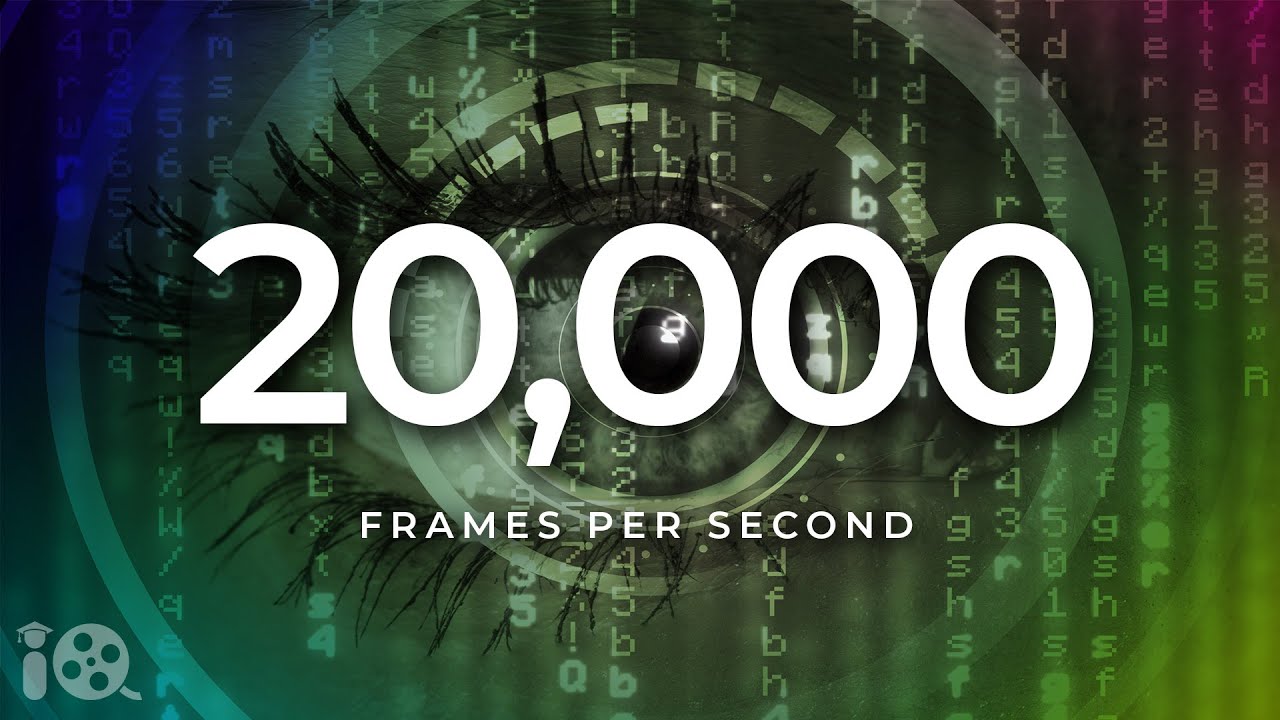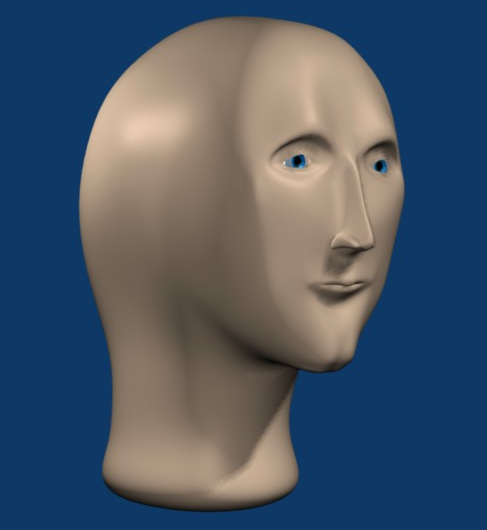Lenguador
- 10 Posts
- 38 Comments

 0·2 years ago
0·2 years agoFrom Wikipedia: this is only a 1-sigma result compared to theory using lattice calculations. It would have been 5.1-sigma if the calculation method had not been improved.
Many calculations in the standard model are mathematically intractable with current methods, so improving approximate solutions is not trivial and not surprising that we’ve found improvements.

 0·2 years ago
0·2 years agoThis seems like more of an achievement for the Barbie brand than for the individual director.

 0·2 years ago
0·2 years agoThis is an essay about the Barbie brand and its relationship to feminism and capitalism through history and the modern day. The Barbie movie is discussed but it’s not the primary focus.

 0·2 years ago
0·2 years agoNGC 1277 is unusual among galaxies because it has had little interaction with other surrounding galaxies.
I wonder if interactions between galaxies somehow converts regular matter to dark matter.

 0·2 years ago
0·2 years agoClaude 2 would have a much better chance at this because of the longer context window.
Though there are plenty of alternate/theorised/critiqued endings for Game of Thrones online, so current chatbots should have a better shot at doing a good job vs other writers who haven’t finished their series in over a decade.

 0·2 years ago
0·2 years agoTaking 89.3% men from your source at face value, and selecting 12 people at random, that gives a 12.2% chance (1 in 8) that the company of that size would be all male.
Add in network effects, risk tolerance for startups, and the hiring practices of larger companies, and that number likely gets even larger.What’s the p-value for a news story? Unless this is some trend from other companies run by Musk, there doesn’t seem to be anything newsworthy here.

 0·2 years ago
0·2 years agoSo, taking the average bicep volume as 1000cm3, this muscle could: exert 1 tonne of force, contact 8% (1.6cm for a 20cm long bicep), and require 400kV and must be above 29 degrees Celcius.
Maybe someone with access to the paper can double check the math and get the conversion efficiency from electrical to mechanical.
I expect there’s a good trade-off to be made to lower the force but increase the contraction and lower the voltage. Possibly some kind of ratcheting mechanism with tiny cells could be used to overcome the crazy high voltage requirement.

 0·2 years ago
0·2 years agoDALL-E was the first development which shocked me. AlphaGo was very impressive on a technical level, and much earlier than anticipated, but it didn’t feel different.
GANs existed, but they never seemed to have the creativity, nor understanding of prompts, which was demonstrated by DALL-E. Of all things, the image of an avocado-themed chair is still baked into my mind. I remember being gobsmacked by the imagery, and when I’d recovered from that, just how “simple” the step from what we had before to DALL-E was.
The other thing which surprised me was the step from image diffusion models to 3D and video. We certainly haven’t gotten anywhere near the quality in those domains yet, but they felt so far from the image domain that we’d need some major revolution in the way we approached the problem. The thing which surprised me the most was just how fast the transition from images to video happened.

 0·2 years ago
0·2 years agoI asked the same question of GPT3.5 and got the response “The former chancellor of Germany has the book.” And also: “The nurse has the book. In the scenario you described, the nurse is the one who grabs the book and gives it to the former chancellor of Germany.” and a bunch of other variations.
Anyone doing these experiments who does not understand the concept of a “temperature” parameter for the model, and who is not controlling for that, is giving bad information.
Either you can say: At 0 temperature, the model outputs XYZ. Or, you can say that at a certain temperature value, the model’s outputs follow some distribution (much harder to do).
Yes, there’s a statistical bias in the training data that “nurses” are female. And at high temperatures, this prior is over-represented. I guess that’s useful to know for people just blindly using the free chat tool from openAI. But it doesn’t necessarily represent a problem with the model itself. And to say it “fails entirely” is just completely wrong.

 0·2 years ago
0·2 years agoI wonder what specifically they’re interested in vs long deployments in Antarctica (people do 12 months rotations in some stations there).
I found this article discussing the psychology of placements in Australian antarctic stations: https://psychology.org.au/for-members/publications/inpsych/2021/february-march-issue-1/life-in-the-australian-antarctic-program.
The differences as I see them are:
- Smaller crew
- No unsuited outdoor time
- Smaller space
- Communication latency / outages
- Personal belongings weight/volume limits
- Dietary restrictions

 0·2 years ago
0·2 years agoLooks like the same guys were doing publicity around 2019 https://www.abc.net.au/news/rural/2019-07-30/australia-joins-lab-grown-meat-industry/11360506
At the time, they claimed the cost to make a single hamburger was $30-$40, and now 4 years later, they claim to have gotten it down to $5-$6 per patty.
The article claims the first demonstration of a lab-grown hamburger was in 2013.So 6 years from proof of concept to (probably) first capital raise, then 4 years to start regulatory approval, 1 year for approval to take place (target is March next year).
!literature@kbin.social should go in your list, it has more of a poetry slant.
!books@kbin.social has almost 3000 membersI’m sure you can find plenty more on kbin.social as well.

 0·2 years ago
0·2 years agoHaha, thanks for the correction. If you have to use your degree in ethics, perhaps you could add your perspective to the thread?

 0·2 years ago
0·2 years agoIn the last 12 months, 3M’s profits were $14.4B (source), so this fine represents 8.5 months of profits.
How large should the fine have been?
How many people will read the title without the comments and leave with the wrong idea?
Not that I think you should take the post down, but the title is quite definitive, and confirms existing biases, so people are unlikely to research further.

 0·2 years ago
0·2 years agoIf you can get past the weird framing device, the Plinkett reviews of the Star Wars prequels are an excellent deep dive into the issues with those films: https://www.youtube.com/watch?v=FxKtZmQgxrI&list=PL5919C8DE6F720A2D
Jenny Nicholson’s videos are great, but her documentary on “The Last Bronycon” is special, as the realization dawns on you while watching that she has more connection to Brony culture than you might have guessed: https://www.youtube.com/watch?v=4fVOF2PiHnc

 0·2 years ago
0·2 years agoInteresting to compare this against VideoPose3D, which claims half the MPJPE that this paper does. I believe the difference is that this method can only examine a single frame, whereas the other method looks at multiple frames.
I dislike the way they cut off their graphs, here’s the MPJPE with 0 included in the Y-axis:

 0·2 years ago
0·2 years agoI’ve seen this sentiment before, but what evidence is there that the current system isn’t working?
For example, this chart shows remarkable improvement for Indigenous Australian infant mortality (source).
What metrics are you looking at which are not trending in a favourable way for indigenous Australians?
And, as indigenous Australians were only given the right to vote in 1962, how quickly do you expect parity with non-indigenous Australians to happen?

 0·2 years ago
0·2 years agoIt would literally be a non-issue if it were simply an advisory body as has been done in the past. The issue is that the supporters want to alter the constitution.
The systematic oppression of indigenous Australians started around 1869 with the introduction of the “Aborigines Protection Act”, and indigenous Australians were only ceded the right to vote in 1962. So, it’s no surprise that we have issues currently, as people alive today were directly or indirectly affected by those policies (and others).
In a thousand years time (hopefully a hundred years, if we’re lucky), these issues will no longer be present. But the constitution will still exist, and hopefully exist far into the future. So, why add wording to a long-lived document for problems which are so short-term? Especially when altering the constitution is not necessary to effect change?










That reminds me of a joke.
A museum guide is talking to a group about the dinosaur fossils on exhibit.
“This one,” he says, “Is 6 million and 2 years old.”
“Wow,” says a patron, “How do you know the age so accurately?”
“Well,” says the guide, “It was 6 million years old when I started here 2 years ago.”